Diuretics Drugs
Diuretic drugs are drugs that can stimulate the kidney to secret the electrolyte and water lagged in the body, and thereby increasing the amount of urine. This kind of drug can treat the edema, pulmonary edema and brain edema caused by heart, liver, kidney and other diseases. Some drugs also have antihypertensive effects, for example, thiazide diuretics have been recommended being as an important class of antihypertensive drugs. According the difference of action site and mechanism of action, diuretics can be divided into thiazide diuretics; loop diuretics; potassium –sparing diuretics; carbonic anhydrase inhibitors; osmotic diuretics, and uricosuric diuretics, six major categories. The effectiveness of various types of diuretics is related to action site, drug dose, renal blood flow, circulating blood volume and plasma electrolyte levels (see the relevant entries). Clinicians should appropriately apply it based on drug characteristics and the specific circumstances. It has been already known that the above-mentioned various types of diuretics are known as natriuretic diuretic drugs with the amount of excretion being in line with the diuretic effect. They can all promote potassium excretion except potassium-sparing diuretics, which is easy to cause hypokalemia. In addition, the existing diuretics can promote the release of renin, resulting in the increase of the formation of angiotensin and aldosterone, leading to elevated blood lipids, blood sugar and induced gout. Therefore, the application of diuretics should pay attention to prevention and treatment.
- Structure:
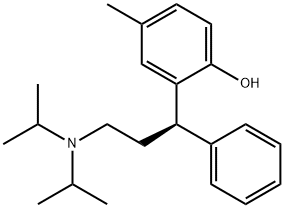
- Chemical Name:Tolterodine
- CAS:124937-51-5
- MF:C22H31NO
- Structure:
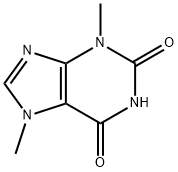
- Chemical Name:Theobromine
- CAS:83-67-0
- MF:C7H8N4O2
- Structure:
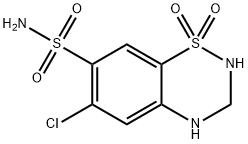
- Chemical Name:Hydrochlorothiazide
- CAS:58-93-5
- MF:C7H8ClN3O4S2
- Structure:
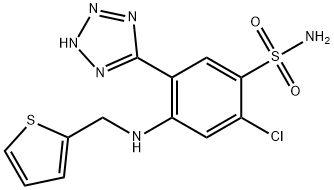
- Chemical Name:Azosemide
- CAS:27589-33-9
- MF:C12H11ClN6O2S2
- Structure:
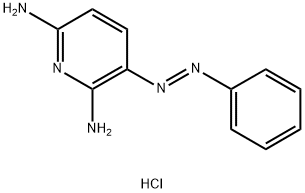
- Chemical Name:Phenazopyridine hydrochloride
- CAS:136-40-3
- MF:C11H12ClN5
- Structure:
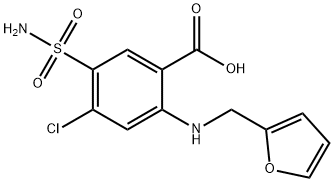
- Chemical Name:Furosemide
- CAS:54-31-9
- MF:C12H11ClN2O5S
- Structure:
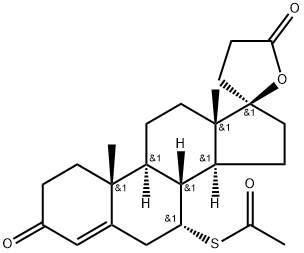
- Chemical Name:Spironolactone
- CAS:52-01-7
- MF:C24H32O4S
- Structure:
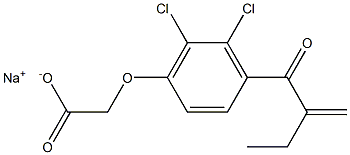
- Chemical Name:SodiumEtacrynate
- CAS:
- MF:C13H11Cl2NaO4
- Structure:

- Chemical Name:Acetazolamide
- CAS:59-66-5
- MF:C4H6N4O3S2
- Structure:
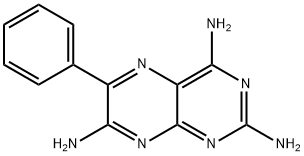
- Chemical Name:Triamterene
- CAS:396-01-0
- MF:C12H11N7
- Structure:
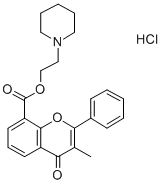
- Chemical Name:Flavoxate hydrochloride
- CAS:3717-88-2
- MF:C24H26ClNO4
- Structure:
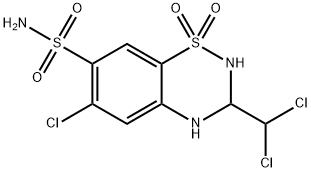
- Chemical Name:Trichlormethiazide
- CAS:133-67-5
- MF:C8H8Cl3N3O4S2
- Structure:
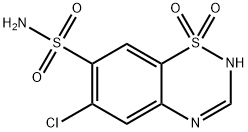
- Chemical Name:Chlorothiazide
- CAS:58-94-6
- MF:C7H6ClN3O4S2
- Structure:
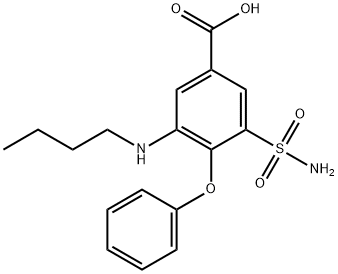
- Chemical Name:Bumetanide
- CAS:28395-03-1
- MF:C17H20N2O5S
- Structure:
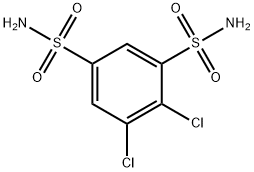
- Chemical Name:DICHLORPHENAMIDE
- CAS:120-97-8
- MF:C6H6Cl2N2O4S2
- Structure:
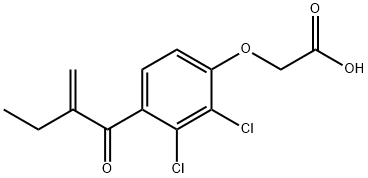
- Chemical Name:Ethacrynic acid
- CAS:58-54-8
- MF:C13H12Cl2O4
- Structure:

- Chemical Name:Amiloride hydrochloride
- CAS:2016-88-8
- MF:C6H8ClN7O.ClH
- Structure:
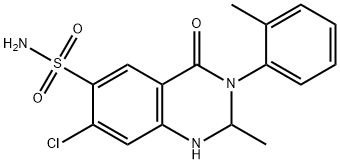
- Chemical Name:Metolazone
- CAS:17560-51-9
- MF:C16H16ClN3O3S
- Structure:
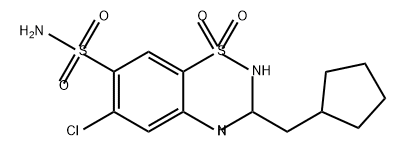
- Chemical Name:Cyclopenthiazide
- CAS:742-20-1
- MF:C13H18ClN3O4S2
- Structure:
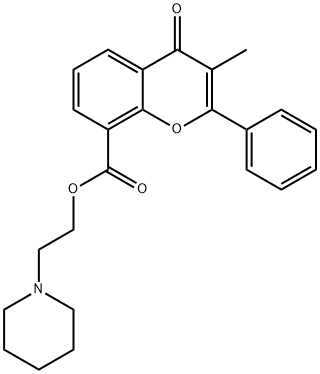
- Chemical Name:FLAVOXATE
- CAS:15301-69-6
- MF:C24H25NO4
- Structure:
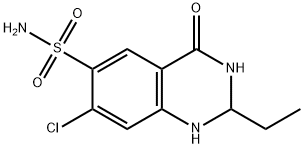
- Chemical Name:QUINETHAZONE (1.5 G)
- CAS:73-49-4
- MF:C10H12ClN3O3S
- Structure:
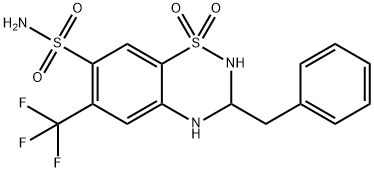
- Chemical Name:BENDROFLUMETHIAZIDE
- CAS:73-48-3
- MF:C15H14F3N3O4S2
- Structure:
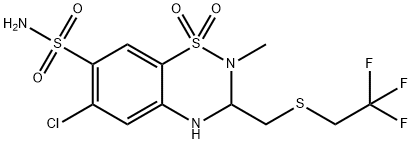
- Chemical Name:POLYTHIAZIDE (200 MG)
- CAS:346-18-9
- MF:C11H13ClF3N3O4S3
- Structure:
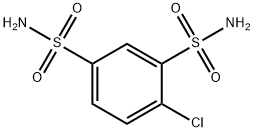
- Chemical Name:CLOFENAMIDE
- CAS:671-95-4
- MF:C6H7ClN2O4S2
- Structure:

- Chemical Name:MERSALYL ACID
- CAS:486-67-9
- MF:C13H17HgNO6
- Structure:

- Chemical Name:6-ETHOXY-2-BENZOTHIAZOLESULFONAMIDE
- CAS:452-35-7
- MF:C9H10N2O3S2
- Structure:
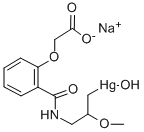
- Chemical Name:mersalyl
- CAS:492-18-2
- MF:C13H16HgNO6.Na
- Structure:
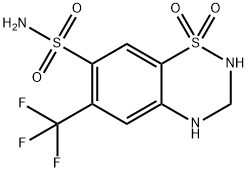
- Chemical Name:HYDROFLUMETHIAZIDE
- CAS:135-09-1
- MF:C8H8F3N3O4S2
- Structure:
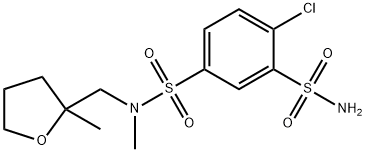
- Chemical Name:mefruside
- CAS:7195-27-9
- MF:C13H19ClN2O5S2
- Structure:
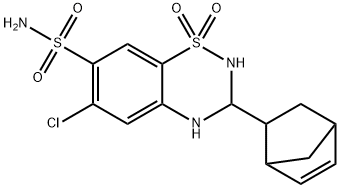
- Chemical Name:CYCLOTHIAZIDE
- CAS:2259-96-3
- MF:C14H16ClN3O4S2
- Structure:
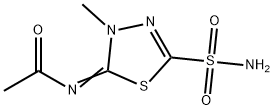
- Chemical Name:Methazolamide
- CAS:554-57-4
- MF:C5H8N4O3S2
- Structure:
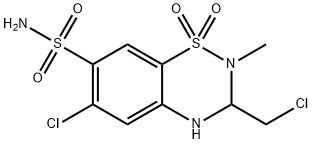
- Chemical Name:Methyclothiazide
- CAS:135-07-9
- MF:C9H11Cl2N3O4S2
- Structure:
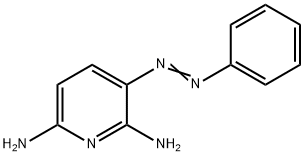
- Chemical Name:3-(PHENYLAZO)-2,6-PYRIDINEDIAMINE
- CAS:94-78-0
- MF:C11H11N5
- Structure:
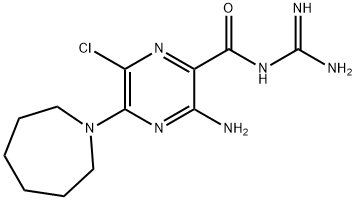
- Chemical Name:5-(N,N-HEXAMETHYLENE)-AMILORIDE
- CAS:1428-95-1
- MF:C12H18ClN7O
- Structure:
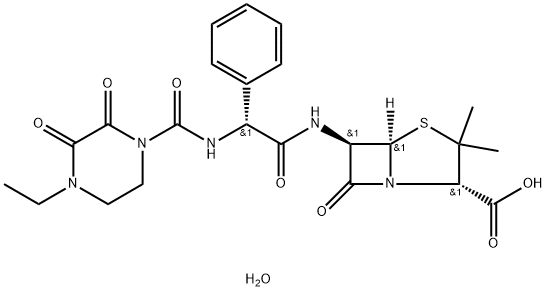
- Chemical Name:PIPERACILLIN
- CAS:66258-76-2
- MF:C23H29N5O8S
- Structure:

- Chemical Name:BENZTHIAZIDE
- CAS:91-33-8
- MF:C15H14ClN3O4S3